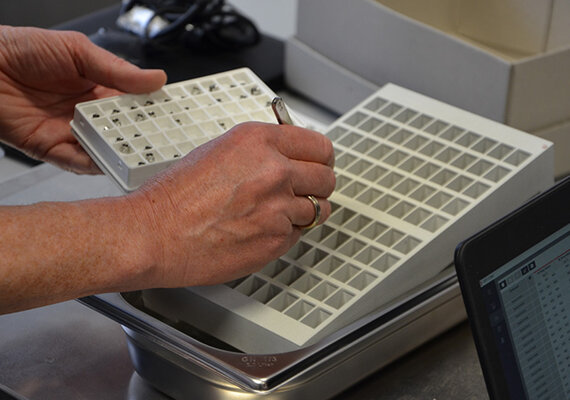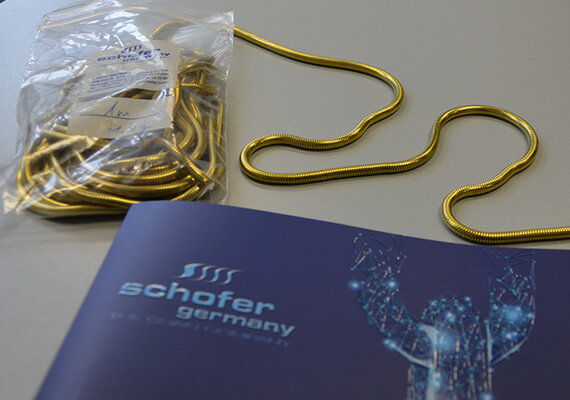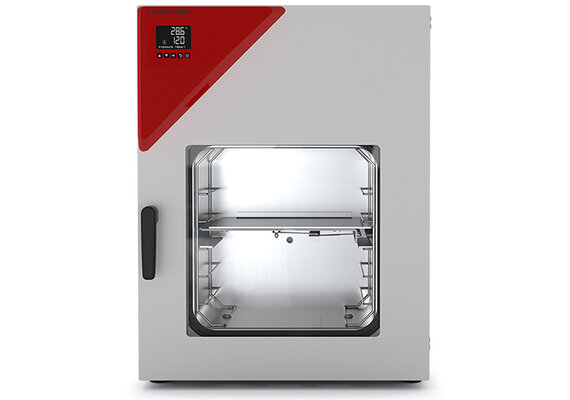Case Study Schofer Pforzheim
Application examples:
- Drying of end caps for bracelets
- Caps are made of stainless steel and are cleaned prior to drying
- Also suitable for drying chains (including some gold-plated ones)
Procedure:
- Phase 1: Rack is filled with wet caps and transferred to the chamber, VD 53 starts generating vacuum
- Phase 2: Drying process takes place at 30 °C
- Phase 3: The second pressure drop occurs, indicating that the drying process is complete. The dried caps can be removed.
- Drying takes up to 20 minutes


Customer requirements:
- Between 3,000 and 4,000 caps to be dried daily and up to 100,000 per month
- All moisture to be removed from jewelry
- No corrosion must occur
- Temperature range: 50 °C–70 °C
- Program-controlled drying monitoring with automatic ventilation at end of process
- Parts must not be scratched as they are being placed inside
Why BINDER?
The head of the design and product development department at Schofer in Pforzheim explains:
BINDER solutions in the form of a vacuum drying chamber for non-flammable solvents:
- Fast, gentle drying
- Optimum heat transfer through large thermal conducting plates
- Safe work thanks to proven safety concept
- Also optionally available as a modular complete system with vacuum pump and pump chambe
- Internal data logger, measured values can be read out in open format via USB
- At least one aluminum expansion rack, can be custom-positioned
- Space-saving in laboratory environments and quiet running
- Absolute reliability coupled with low power consumption
